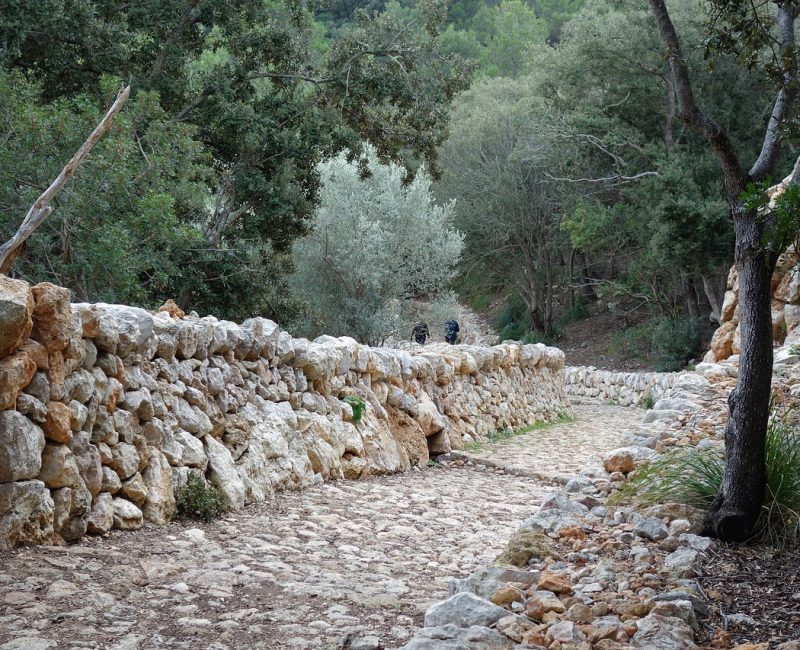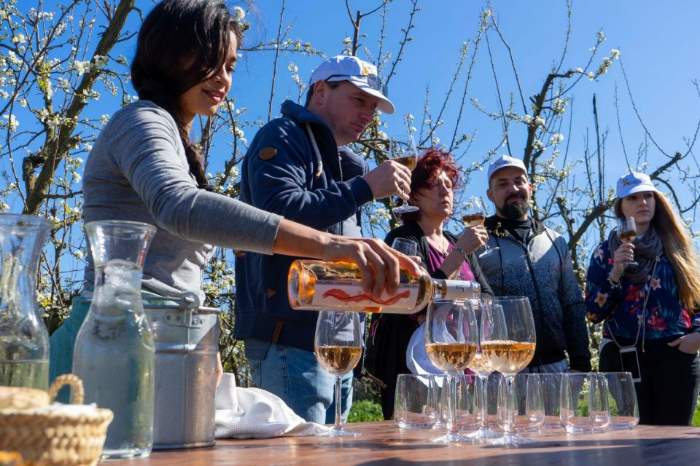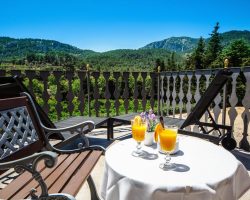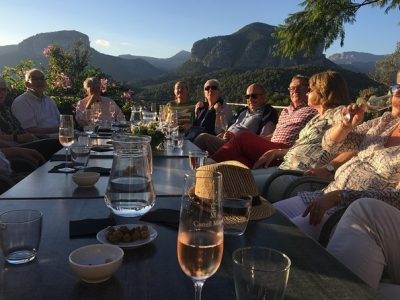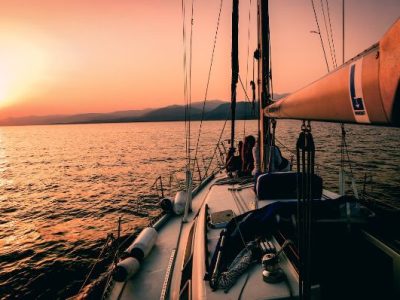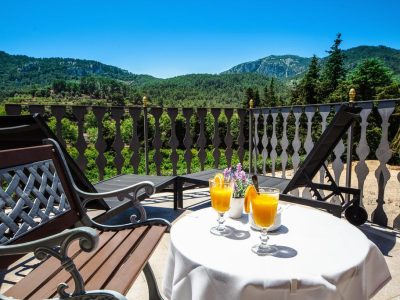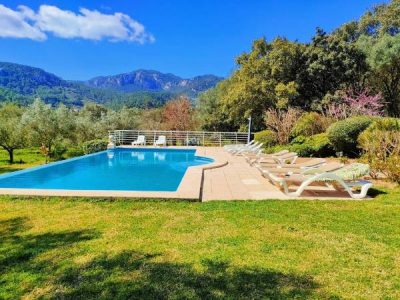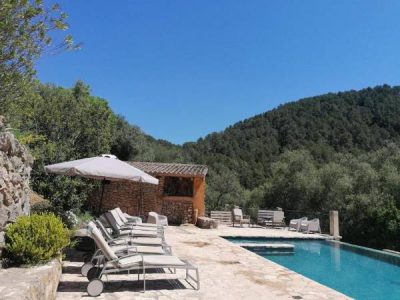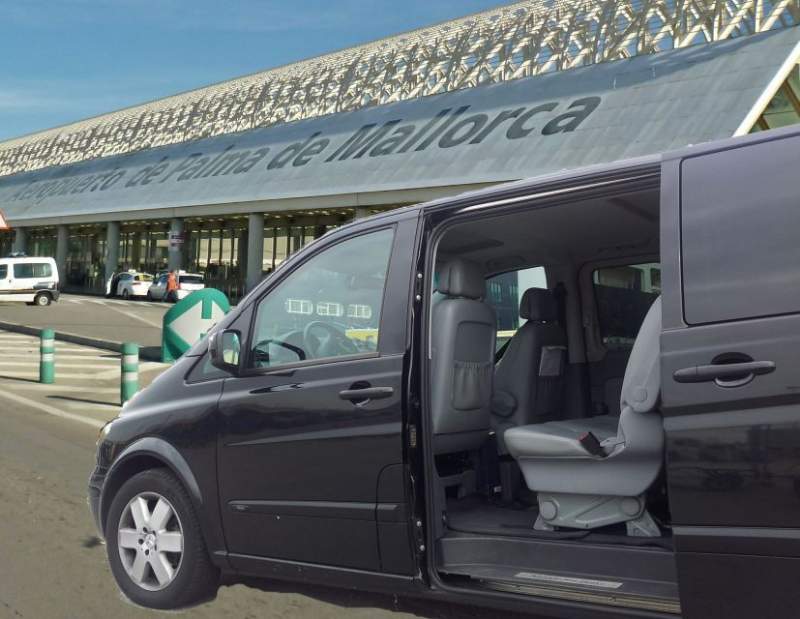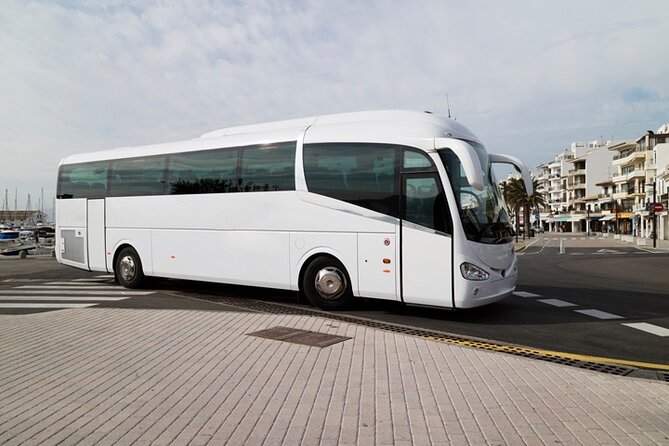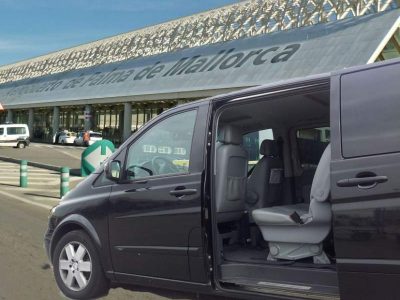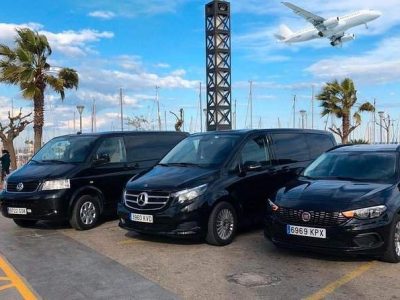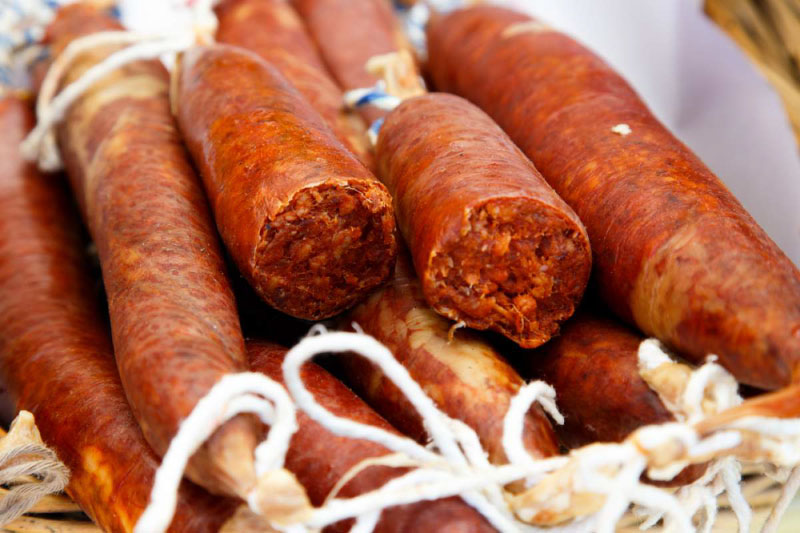The cave of Canet is about 300 meters deep of karst cavity abundant in natural resources, and catalogued under Natural Heritage of the Balearic Islands.
From around 1100 BC, a new culture arrived in the islands of Menorca and Mallorca, the Talayotic culture, or Talaiotic culture. The Talayotic culture was quite unique compared to other contemporary cultures from the Bronze Ages, as it brought a military-oriented building philosophy with it exemplified in the tower-like constructions used for scouting and veneration. In Catalan, the word “talaia” means watchtower or lookout, which has given the culture its name. The need for constructing lookouts could very well be an indication of some of the first colonizers of the ancient world. Some of the so-called “talayots” (the towers) in Esporles include the Son Miralles, Son Tugores, Son Llabrés, Son Trias, Son Poquet, es Corral Fals of ses Planes de Canet, Son Cabaspre, s’Ossera, Son Antic, es Caragol, Na Servera and finally, the fortified settlement of Mola de Sarrià.
Notably the fortified settlements built during the late Talayotic culture, around the 6th to the 3rd century BC, are most likely the result of colonization by Ancient Greeks and Phoenicians. We know that both the Greeks and Phoenicians started exploring and expanding their territory across the Mediterranean during this period.
The Ancient Greeks crossed the Mediterranean basin and founded major colonies and cities such as the Empúries in present day Girona, Spain, but also many places in present day Italy such as the areas of Campania, Basilicata, Apulia, Sicily, and Calabria. They would probably sail from the eastern part of the Aegean Sea, in what is now Foça, Turkey.
Likewise did the Phoenicians from Carthage expand their territory, only they traveled towards the southern part of the Iberian peninsula, to what is now southern Portugal. The Phoenicians had a predilection for coastal areas and islands, as it gave them better conditions for easily start production factories and ship goods for trading. The southern areas of the Iberian peninsula were known for their richness of minerals, particularly ore, from which metals could be extracted from. We know for sure that the Phoenicians were some of the founders of neighboring island of Eivissa (Ibiza) which at that times was called ‘Ibossim’ or ‘Ibshim’ meaning ‘Island of Pine’.
The colonizing cultures that arrived in the late Bronze Age extended the Talayotic culture by mixing with the indigenous peoples of the island.
The Roman epoch
With the fall of Carthage in 146 BC and the following conquest of the archipelago in 123 BC, the Talayotic culture officially ended in the Balearic Islands. Following the Roman conquest of Mallorca, the cities of Palma and Pol-lèntia (Alcúdia) were founded and used for habitation and trading. However, many of the Talayotic communities in the settlements such as the Sa Granja and Son Llabrés continued to coexist during Roman rule, presumably as slaves used for cultivation. Also, with the Roman rule the Mediterranean triad; olives, vines and wheat, was completed.
Islamic rule
In 902, the Balearic archipelago came under Islamic rule as it was annexed to the Emirate of Cordóba. It was Iṣām al-Ḫawlānī, nobleman and general whom during a journey to Mecca landed on the island during a storm, and in the following went to Emir Abdullah ibn Muhammad al-Umawi to ask for authorization to capture the archipelago and annex it to the Umayyad dynasty. Before he had went to the caliph, he visited the islands multiple times after his first acquaintance with them, to map them and get familiar with the coasts.
After authorization was given by the caliph to conquer the archipelago and a fleet was granted, Iṣām al-Ḫawlānī took command of the campaign himself. In the years of 902 and 903, the entire island of Mallorca was officially conquered by the Umayyad dynasty and became part of the Al-Andalus (southern Iberian peninsula) called “Les illes Orientals de l’Àndalus“. Following the conquest, Iṣām al-Ḫawlānī was appointed first Moorish governor of the islands and the city of Palma was renamed to Madina Mayurqua or Medina Mayurqa. With this change, the Almudaina palace was constructed as the center of the capital forming a part of a fortification of the inner city, an alcatraz consisting of a wall and towers. Moreover, public baths and mosques were built in the city. The port of Madina soon became a prosperous trading center, as well as an important place for launching pirate raids against ships in the Mediterranean basin. All this made Madina one of the leading cities of Mediterranean culture, and a place of great tolerance with Muslims, Jews and Christians living side by side.
With the new Moorish settlers, a fiscal system was too introduced on the island for the first time in history. The island was divided in twelve ajzà (jurisdictions) whereof Esporles came to belong under the greatest, namely Juz d’ Ahwaz al-Madina, which also comprised Madina, Banyalbufar, Marratxi, Puigpunyent, Estellencs, Calvià and Andratx. Dividing the island in these jurisdictions made it easy to administrate and collect taxes from the farms that were built by the new settlers that primarily came from present day Morocco.
The new extension of agricultural activities brought new crops to the island such as saffron, rice and artichokes. The Moors built advanced systems for irrigation of the soil such as the marjades, the qânats and dry stone walls in the Tramuntana mountains to make the most of the land for cultivation. Many of these constructions are still in use in the Tramuntana, as well as there are catalogued and protected as World Heritage by UNESCO due to their uniqueness.
The Islamic legacy of Esporles can be traced in a number of monuments and even place names of the area, such as the farms of Canet and Alpich (current La Granja). The climate and abundance of natural water sources and springs in the local area led to the constructions of multiple water canals to transport the water to mills and even collect it in cisterns. Especially the hydraulic system built around the Font d’en Baster stream, which operated 32 mills and considered by historians to be the largest assemble of mills on the entire island, stands out and made the valley of Esporles one of the most wealthy areas and able to survive droughts. This particular system has been catalogued as Monument of Cultural Heritage in 2005 by the council of Mallorca.
The Catalan-Aragonese conquest and late Middle Ages
On September 3rd, 1229, King Jaume I of Aragón, 700 horsemen and 20,000 men embarked on the beach of Santa Ponca ready to conquer Mallorca from the Moorish rulers. There were numerous incentives for the campaign, however, the main ones was to end the Moorish piracy and, as a part of the reconquista, annex the archipelago to Christian territory.
Following a siege and brutal sacking of Madina, the king and his almogarvers declared themselves victorious in December the same year, with the unconditional surrender of the Moorish governor Abu Yahya.
According to an agreement between the king and his allies, the lands of Mallorca were divided and distributed among counts, knights and church. The area of present day Esporles was granted Nunó Sanç, the king’s uncle and lord of Roussillon and Cerdanya, whom was one of the protagonists of the conquest. Nunó Sanç was also granted lands in Bunyola, Valldemossa, Felanitx and Manacor. In order to quickly re-populate the area after the dissipation of Moors, Nunó Sanç gave multiple donations to his vassals who would then rent out pieces of land and create jobs. Nunó Sanç died in 1242 without leaving any descendants to inherit his assets, hence the lands he owned in Mallorca went back to the king.
Another aspect of the division, was that King Jaume had promised land to the Cistercian order according to a pact between him and the abbot of the monastery of Santa Maria de Poblet, Tarragona. Nunó Sanç was in charge of granting property to the Cistercians and gave them the current La Granja farm in Esporles, as well as other properties such as the monasteries of Miramar and La Real. It was at that time called Santa Maria de la Font de Deú and was mentioned in a bull from 1236.
In the late 13th century, the jurisdiction of Esporles consisted of valleys that were part of Banyalbufar, Bunyola and Superna, with the population concentrated in the vicinity of the parish church, a local area known as “Vila Vella” (old town). Up until the 19th century, Esporles and Banyalbufar shared administration whereof the seat of this administration was found in Banyalbufar and the ecclesiastical administration belonged in the parish of Esporles. The administration was made up of a board consisting of the royal mayor, the jurors, the councilors and the cleave.
The church was an important element in the life of any village during the Middle Ages, and the church of Esporles had three suffrage churches; Banyalbufar S’Esgleieta and Establiments.
The modern age
The entrance to the modern age was marked by two very dark chapters in the history of Mallorca and Esporles, the revolt of the foreign and the revolt of the Brotherhood. Both these conflicts had roots in the corruption of the nobility.
In the early modern age, Mallorca was more or less divided in two areas; the City of Mallorca (present day Palma) and the Forana (foreign areas) which comprised all areas outside the city. The social gap had grown bigger, and due to droughts, fiscal pressure and corruption, there was a lot of tension between the big landowners and the small farmers and day-laborers. In 1450, things escalated and developed into a series of murders and and crimes against some of the noble families that had set the peasant out of influence. Blood was shed all over the countryside and people of Esporles helped the rebellions. After interference from the king, who in 1453 sent mercenaries to the island, the revolt was put to an end and a following repression of Esporles intensified the fiscal pressure.
About 70 years later, in 1520, the hatred against the noble class was revived, this time by the artisans guilds. In short, the guilds had started a movement, a parallel society with their own courts and laws, as a response to the corruption and public debt that suppressed the people. Assaults and various crimes became everyday life of the Mallorcan people as the Brotherhood “invaded” and occupied numerous villages, including Esporles whose inhabitants helped the Brotherhood. The following one and a half year was marked by battles and crimes, actually, this period was the bloodiest since the Catalan-Aragónese conquest in 1229. King Carles V ended up sending his army to the island in 1523 to end the revolt. The troops arrived in Port d’Alcúdia, a town that had protected the noble families during the time of war and was in the following year awarded “faithful town”. All villages, including Esporles, was penalized with hard repressions that marked the economy for a long time.
An episode in 1763 came to mark the history of Esporles, namely the “War of Water”. Disputes about control and usage of the water sources of Esporles has been an issue since Moorish times, however, this dispute had multiple aspects which made it far more interesting. It was the Esporlerines, the women of the town, that raged against the abbot of the La Real monastery in Palma, whom still meant that the Font Major of La Granja (the big stream passing through the La Granja property) and the Font d’en Baster, belonged to the ecclesiastical authorities of La Real. When the abbot, at that time Agustí Lloret, went to close off the access to the stream the women assaulted him forcing him to flee in terror. This episode happened in a time when the society had seen a series of events where women stood up fighting in favor of their local areas, such as the case of the Valente Dones in Sóller and the brave women who defended Andratx, both during gruesome raids of pirates. This episode gave rise to an expression; “Frares fora” meaning Friars out, a reminder that the ecclesiastical authorities suddenly did not have the power the used to. The episode has so much importance to the local heritage of Esporles that a children’s book named “El Plet de les aigües” has been made to commemorate and teach young people about this.
During the second half of the 19th century, the local economy started to change as an emerging textile industry started evolving. Utilizing the power created by the water mills in the area, several textile factories could be set up and generate new sources of income. The nascent industrialization favored the unions of the labor movement, which later led to the formation of republican and socialist groups. Confrontations between the political formations happened a lot during the Second Spanish Republic and during the Spanish Civil War. Esporles was one of the few villages to oppose and stand up against Falange, but also the municipality that felt the hardest consequences and repression following the wartime.
Esporles in contemporary times
The emerging tourism industry that irrupted in the 1960’s caused great demographic decrease in Esporles as the economy became more based on service and construction.


